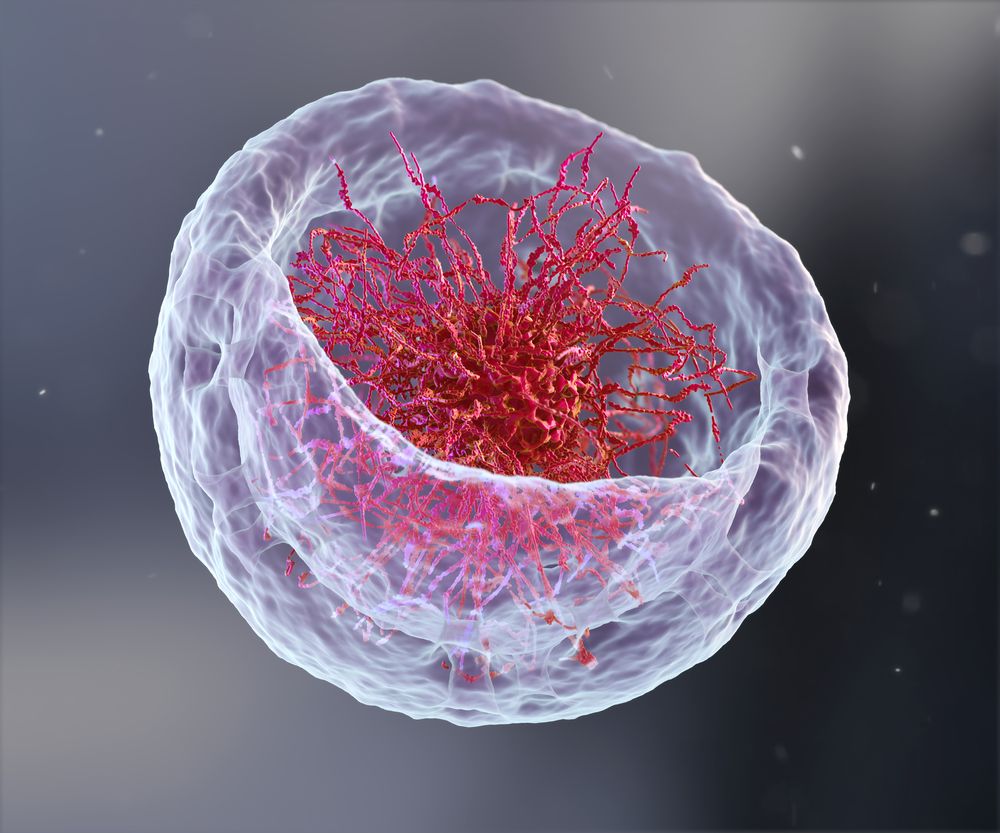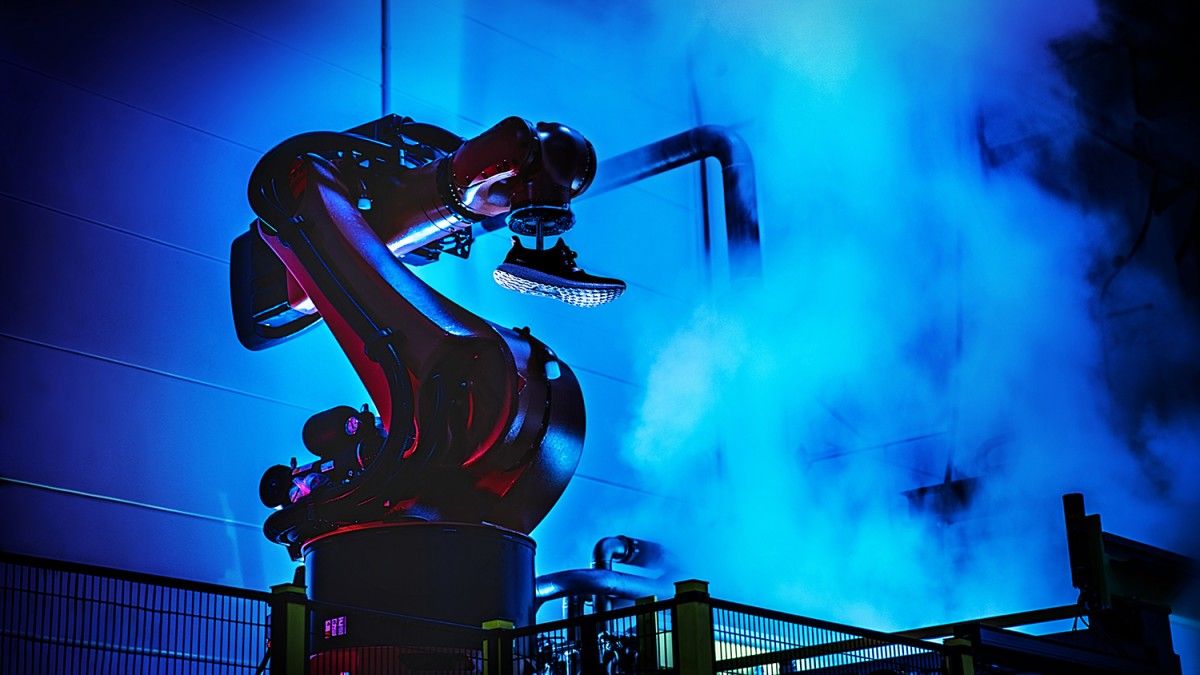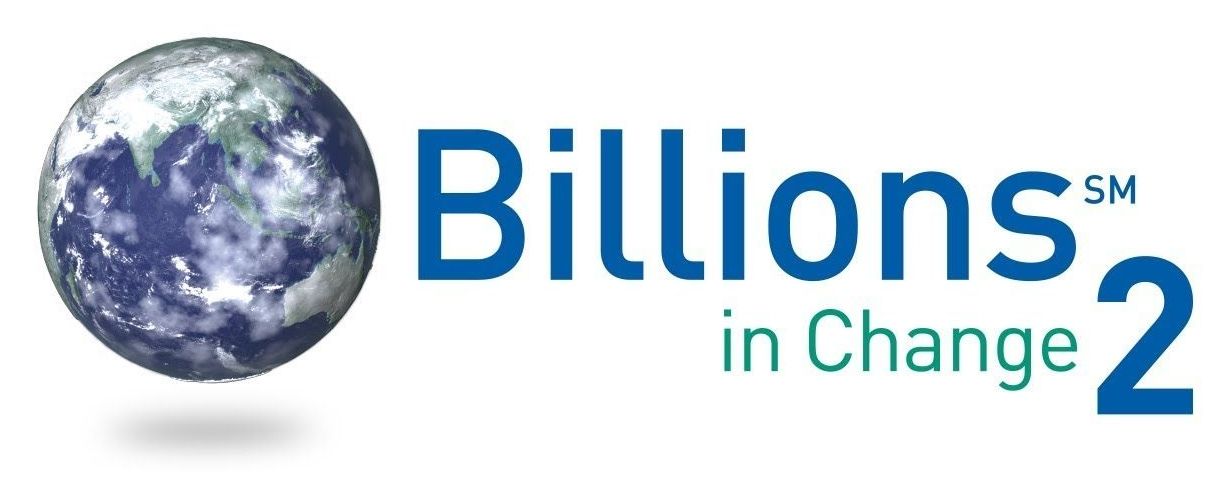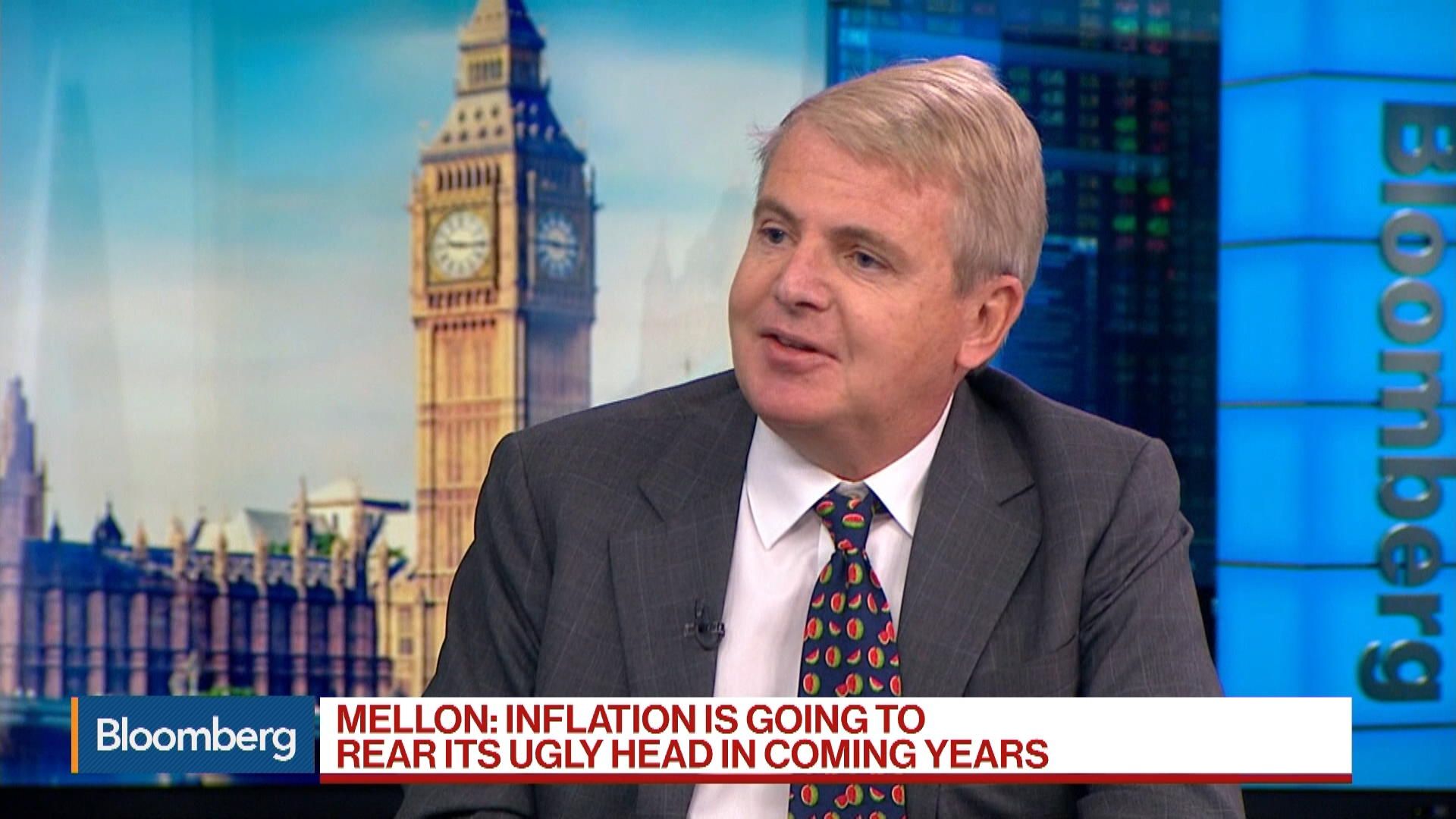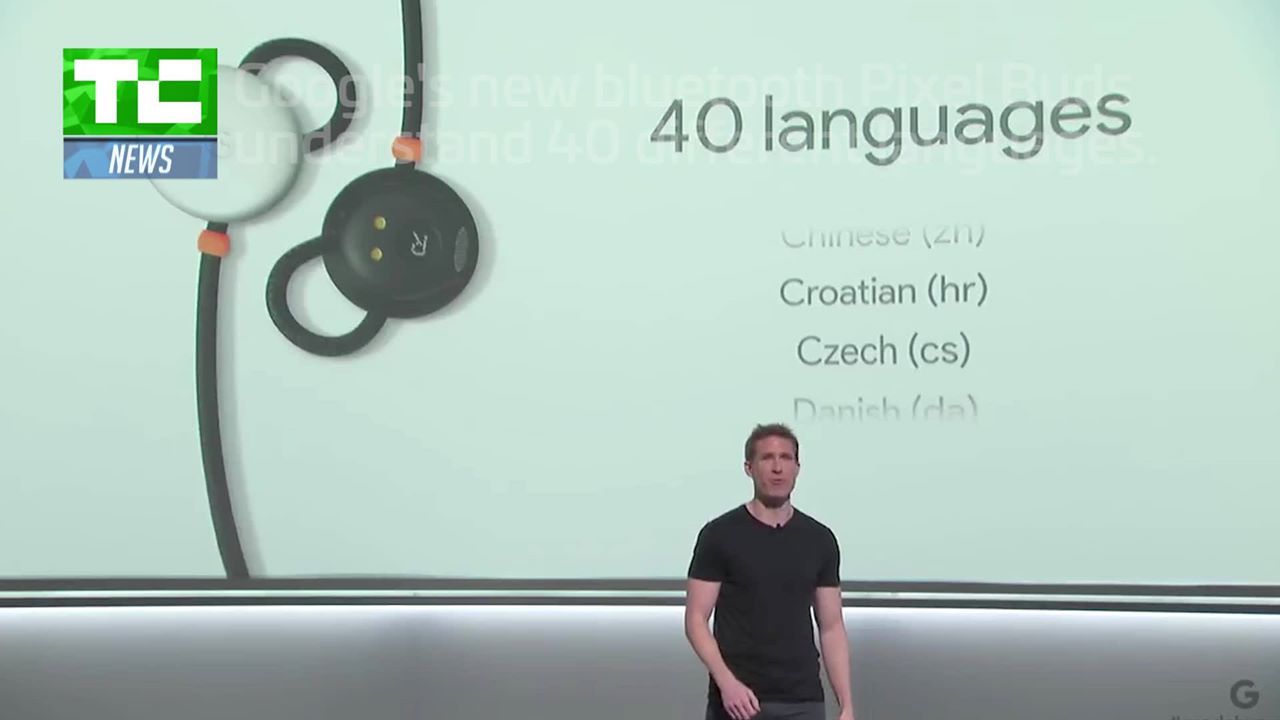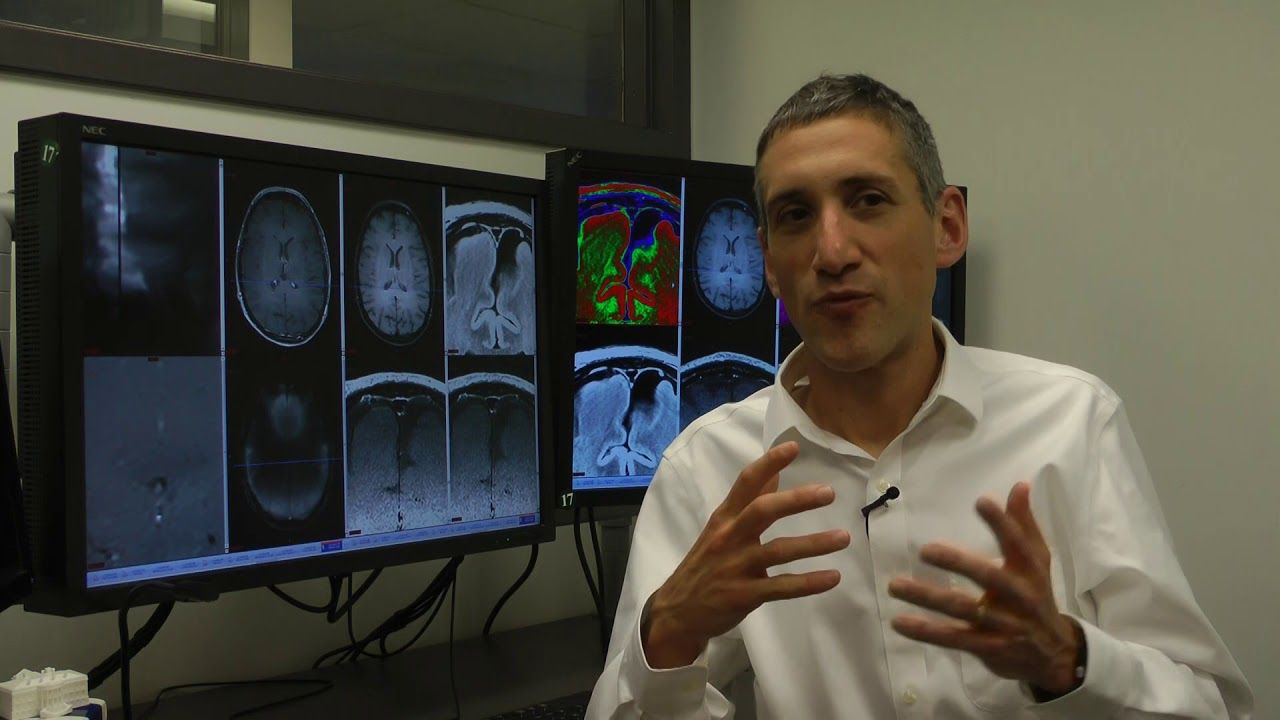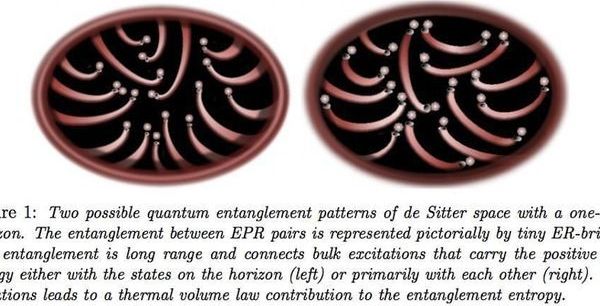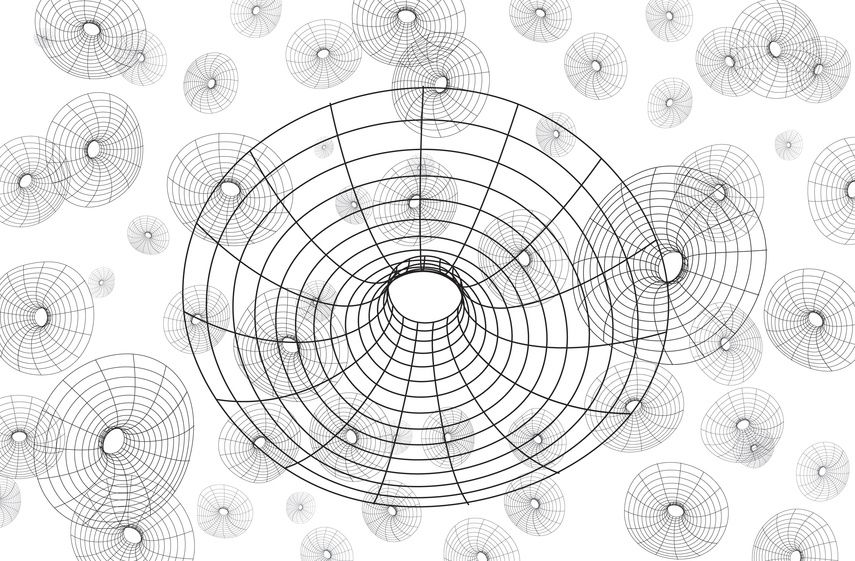David Brin: “Our midweek posting resumes the ongoing saga of transparency and freedom, and how (surprise?) each year’s declared “secure” system gets stripped bare, in the next. Now it’s Yahoo and Equifax and Billions of records. Millions of sincere people can see an Orwellian nightmare looming. Yet, the common reflex is to call for more shadows and walls! For us to HIDE from elites! It won’t work. It cannot work. It will never work. But there is an alternative. The very same trick that got us our freedom and wealth, in the first place.”
“We will not preserve freedom by hiding. Nor will it ever be possible to conceal info from elites. Moreover, that is not how we got the freedom that we already have.”
“We will remain free by aggressively applying these tools upon all elites. It is the only way we ever got freedom and it is the only way we can retain it.”
The reason why people will always have a hard time believing in the idea of reciprocity in transparency is that it that knowing the elite’s misbehavior is completely useless unless you have some way to punish them. Or to put it in this little dialogue: Elite: I can know everything about you, peon, including your treasonous thoughts. Peon: I also know everything about you, including your treasonous actions. Elite: That’s cute. I also have a death squad. What you gonna do about it, insect? Peon: Oh… Forgot about the death squad. Without some way for mister peon to counter act the traditional strengths of elites, ie: money, power, lackeys, brute force, he is going to be very reticent to give up his one advantage of stealth.

